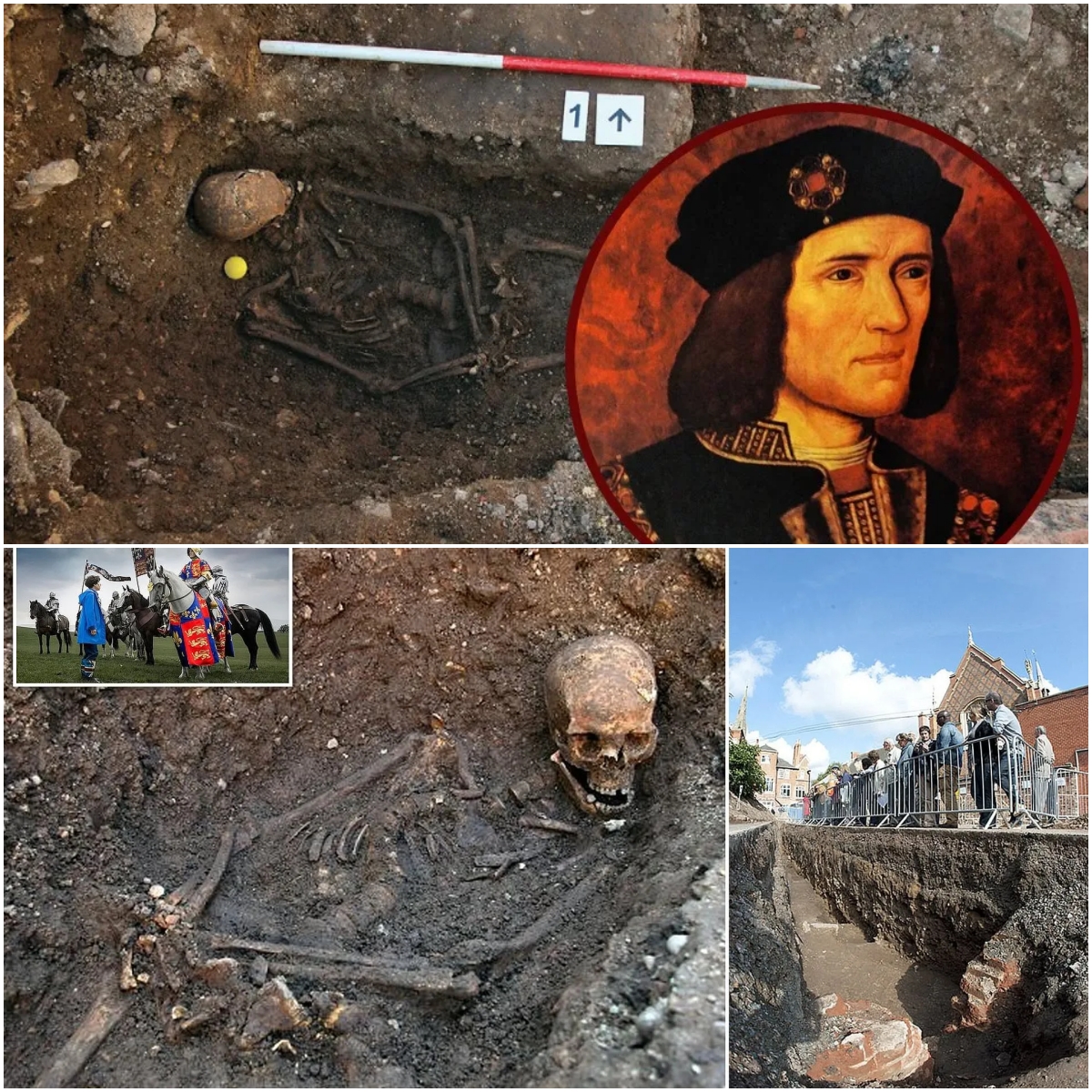Qin Shi Huang’s Tomb: Why the Hesitation to Open?
China Fear of damaging the structure and the deadly traps inside kept Qin Shi Huang’s tomb closed for more than 2,000 years.
In 1974, farmers stumbled upon one of the most important archaeological discoveries of all time in a field in Shaanxi province, China. While digging, they found fragments of a human statue made of clay. This is just the tip of the iceberg.
Later excavations revealed that the field was located over numerous holes containing thousands of life-size terracotta statues of soldiers and war horses, as well as statues of acrobats, mandarins, and animals. The Terracotta Army’s mission was apparently to protect the nearby mausoleum of Qin Shi Huang, the first emperor of the Qin dynasty, who reigned from 221 to 210 BC.

Although experts have explored much of the surrounding cemetery, Qin Shi Huang’s tomb has never been opened. Perhaps no one has ever looked inside the mausoleum in more than 2,000 years, since the famous emperor was buried there.
One important reason is that archaeologists fear that the excavation will damage the tomb and lose important historical information. Currently, if they wish to enter the tomb, they can only resort to invasive archaeological techniques, which are likely to cause irreparable damage.
One of the clearest examples is the excavation of the city of Troy carried out by archaeologist Heinrich Schliemann in the 1870s. Thanks to its speed and simplicity, his actions destroyed almost all the vestiges of the city he wanted to explore.

Archaeologists certainly don’t want to get impatient and make the same mistake. They proposed using non-invasive techniques to observe the interior of the tomb. One such idea is to use muons, subatomic products that form when cosmic rays collide with atoms in Earth’s atmosphere and that can penetrate structures as an advanced form of X-rays. However, it appears that implementing most of these proposals will be difficult. being delayed.
Opening the crypt can also create immediate and deadly dangers. In a document written about 100 years after Qin Shi Huang’s death, Chinese historian Sima Qian said the tomb contained traps to kill intruders.
“Palaces and observation towers were built for hundreds of mandarins, and the catacombs were also filled with rare objects and wonderful treasures. Craftsmen were ordered to make crossbows and arrows to shoot anyone who entered the mausoleum. “Mercury is used to simulate rivers.” The Yangtze River, the Yellow River, the great ocean will flow mechanically,” he wrote.

Even if the weapons are no longer effective after 2,000 years, the magazine shows that a flood of toxic liquid mercury could sweep away the gravediggers. In fact, scientific studies have also tested mercury concentrations around the crypt and found concentrations significantly higher than those expected to be present in a normal land mass.
“Volatile mercury can escape through fissures (cracks that appear in the structure over time) and our research supports ancient stories about the catacombs: it is believed that the structure was never opened or looted,” explains a group of experts from the Institute. Electrophotomagnetic. The Research Center of South China Normal University and the Qin Shi Huang Tomb Museum concluded a study published in the journal Nature in 2020.
Currently, Qin Shi Huang’s tomb is still sealed and unexplored, but not forgotten. In the future, scientific advances may help unravel the mysteries that have remained untouched here for more than 2,000 years.






